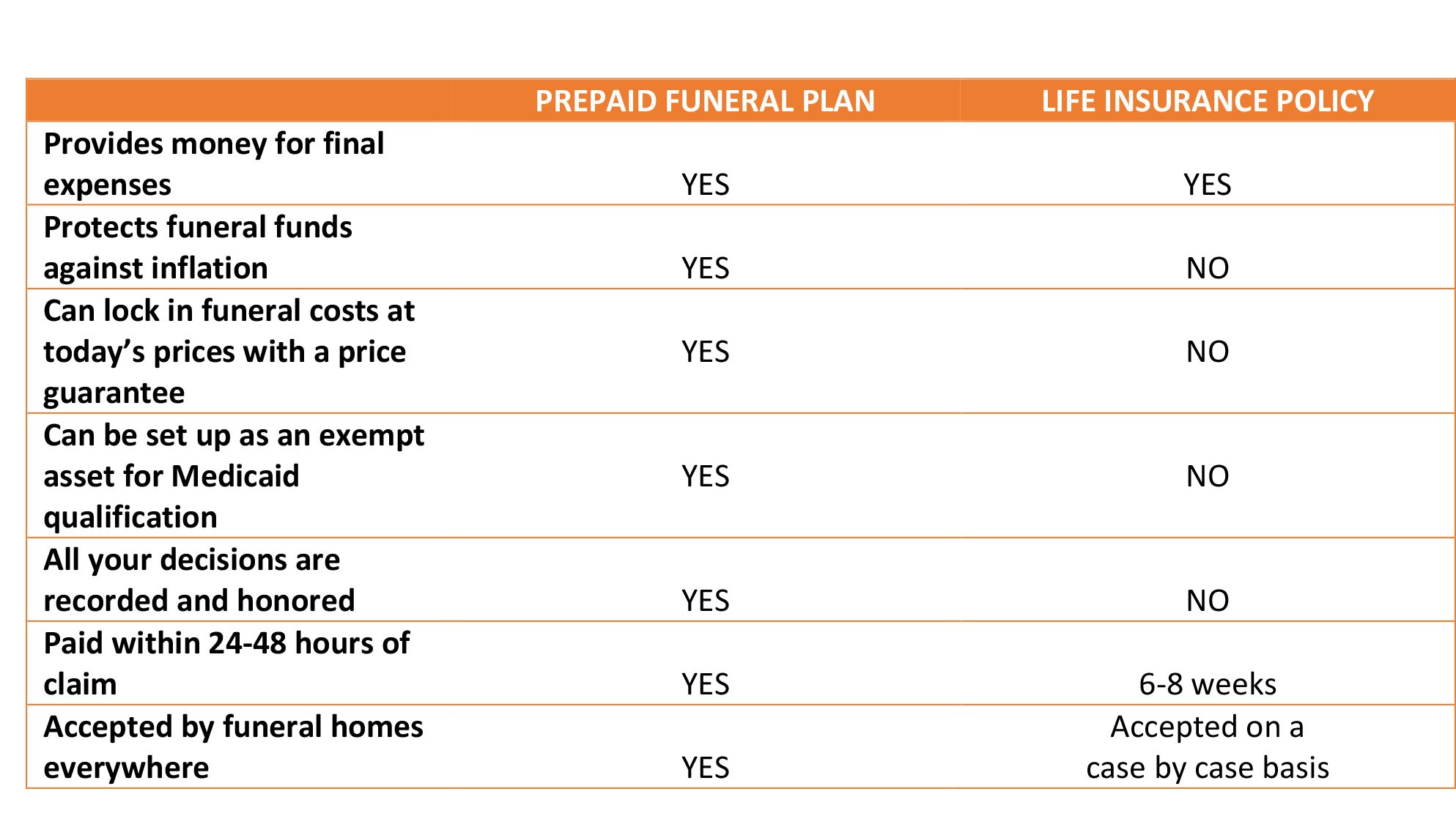
A 2025 survey found that only 31% of Americans have a legal will and 55% of Americans have no estate plan at all. These figures tell us that most American families are unprotected and unprepared regarding legal matters should an unexpected death occur in the family.
You may be asking, “But what is an estate plan?” An estate plan refers to many documents, including but not limited to a legal will, a living will, a financial or healthcare power of attorney, and a trust. A combination of these documents will make up a person’s estate plan.
So, why aren’t Americans completing an estate plan? Let’s talk through 6 misconceptions around estate planning that lead many families to de-prioritize the planning process and create unintentional confusion and headaches for surviving family members.
Reason #1: “An estate plan is only for senior adults”
In many ways, estate planning has become associated with advanced age. Because senior adults (65+) have lived longer, worked longer, and often accumulated more wealth, the general thought is that they are more likely to need an estate plan.
However, a 20-something who’s just starting out has just as much need for estate planning documents as an 80-year-old at an assisted living facility. Why? Because both people have assets, possessions, and online accounts tied to their names.
Without a clear estate plan, both the family of the 20-year-old and the 80-year-old will have difficulty untangling an estate. In some ways, the 20-year-old’s estate may be harder. After all, the 80-year-old may have verbally conveyed some wishes while the 20-year-old probably never considered it. So, regardless of age, it’s always a good idea to have a plan for your estate.
Reason #2: “An estate plan is only for the wealthy”
Next, you may think that estate planning is only for the wealthy. While the wealthy do have more assets and properties to distribute, estate planning is not dependent on having a specific amount of wealth. In many ways, estate planning is about more than money.
It’s about the family heirlooms, the sock drawer money, the paid-off car, and the house you’ve lived in for years. Whether you have $100 to your name or $1 million, your family needs direction and guidance to understand your wishes and ensure that the right people inherit and receive what you want them to receive.
Reason #3: “Estate planning will be too expensive”
The cost of estate planning ultimately rests in your hands. While there are expensive options out there, you can choose an estate planning route that comes with minimal cost.
For those who have a complicated estate, it may be worthwhile to get in contact with an estate planning attorney who can help you walk through all the details. However, for those with uncomplicated, straightforward estates, you can complete basic estate planning documents for a nominal fee.
And if you prefer to work directly with an estate planning attorney no matter what, you can call around until you find a firm or attorney that fits into your budget and meets your needs.
Reason #4: “I have plenty of time”
Most of us don’t spend much time actively thinking about our mortality. It’s something we tend to avoid thinking about, which is why so many people assume they have plenty of time to complete an estate plan.
But the fact is that none of us know the length of our days. More than likely, all of us can name someone who died much too early or quite unexpectedly. Rather than leave things to chance, take charge and make decisions today.
By outlining your estate planning wishes now, not only will you have peace of mind that everyone you love is taken care of, but the people you love can experience incredible assurance that you’ve considered everything and made plans for the future.
Reason #5: “I don’t need an estate plan”
For some, you may think you don’t need an estate plan. Maybe you live paycheck to paycheck or you’ve never been able to buy a home or invest in anything. You’re not alone! According to a report put out by PNC Bank, around 67% of workers are living paycheck to paycheck.
While your financial situation may make it seem like you don’t need an estate plan, that’s not the case. Even if your financial assets are minimal, there are still many end-of-life concerns that need your input.
Let’s discuss a few examples. A legal will allows you to designate a guardian for any minor children or pets. A living will encourages you to outline your wishes regarding life-saving medical care. A power of attorney gives your chosen representative the ability to make decisions if you become incapacitated, including paying your bills, making medical decisions, and accessing your online accounts.
Whether you have monetary assets or not, you do have many reasons to complete an estate plan and ensure your wishes are known.
Reason #6: “I’ve never thought about it”
And lastly, it could be that you just haven’t thought about estate planning at all. It could be because you don’t feel you qualify, but it could also simply be not knowing. In life, we don’t know what we don’t know.
So, consider this your public service announcement: An estate plan matters, and by putting one together (no matter your financial situation), you will make closing your estate and distributing your assets and heirlooms much easier on your family during a time of grief.
So, What’s Next?
Now that you understand why estate planning matters and that it applies to you, how do you get started?
- Download our free estate planning checklist (download here)
- Make an appointment with an estate planning attorney
- Look into community and online resources
Further reading on estate planning
- The 5 Most Important Estate Planning Documents
- Estate Planning for the Blended Family
- How to Make Digital Estate Planning Simple
- 7 Questions to Ask When Estate Planning with Dependent Children
- What is a Healthcare Power of Attorney?
- Understanding the Living Will & Why It Matters
- 4 Reasons Why You Should Update Your Will
DISCLAIMER: Individual circumstances and state laws vary, so only undertake estate planning with the help and assistance of an attorney licensed in your state.
















































































